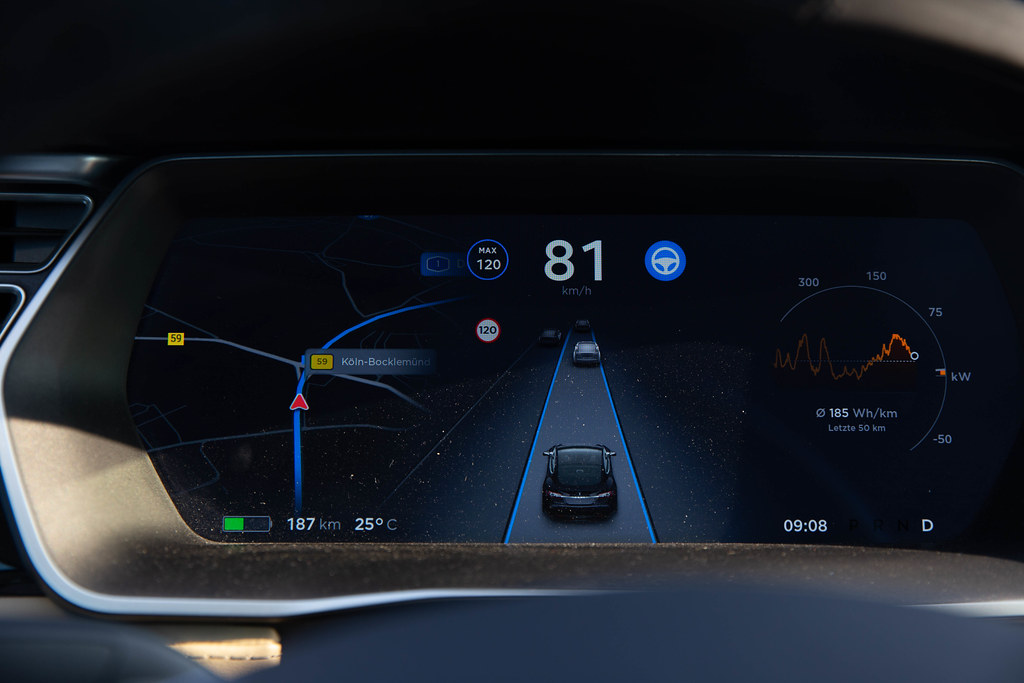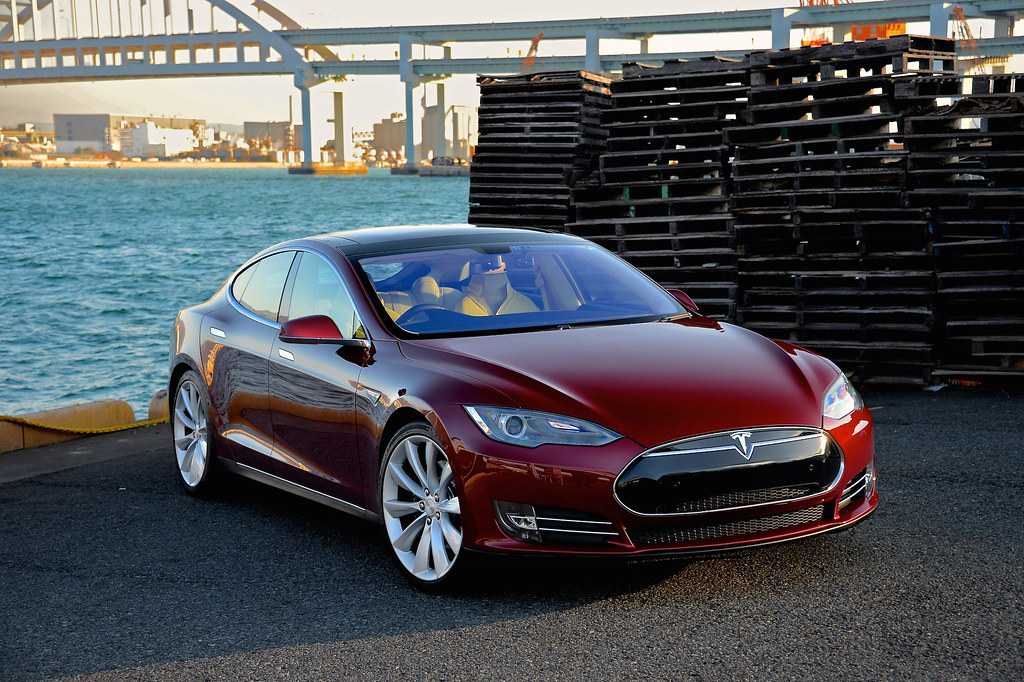Tesla’s Autopilot system has been the subject of much speculation since it was first revealed to the public. Although labeled as driverless technology, it’s a semi-automatic system that still needs some intervention from the driver.
The driver-assist tool came to the market in 2014. Currently, Tesla uses this technology in all (four) of its models. Let’s find out what this feature does and how it works.
Contents
What Is the Autopilot System?
The Autopilot system is a Tesla innovation that is a combination of adaptive cruise control and lane-centering steering. It uses sensors, cameras, and radars to detect objects around the vehicle for collision avoidance and automatically brake when needed.
Despite being named “Autopilot”, this is not completely driverless technology. Yes, it’s capable of doing certain things, such as parallel parking on its own and avoiding obstacles in front of it. But it still needs constant communication with the driver to function properly.

Once enabled, the system will keep your vehicle in its lane while following traffic laws. It can also change lanes automatically to overtake slower vehicles or to get out of the way of hazards on the road, like a stopped car ahead.
The system requires you to stay your hands on the wheel. Taking your hands off of the steering will trigger warnings at 30 and 45 seconds. It will shut off at 60 seconds and you cannot resume it without stopping the car.
How Does the Autopilot System Work?
The car has a camera, radar, and sonar sensors that detect the environment around it. The software then interprets this data while sending commands to the wheels based on where you want to go. For example, if there’s an obstacle in front of your vehicle, whether another car or just debris on the road, the Autopilot can detect it and then brake and steer around it by itself.
The system is always learning as every mile you drive with your Tesla gets recorded into the central computer that runs Autopilot. This allows for even more accurate driving because not only does it know where obstacles are supposed to be, but also can learn from its mistakes over time.
Previous Tesla models had both camera and radar in the adaptive cruise control function. However, the new Tesla Vision system does not have radar technology. In the latest models, the adaptive cruise control feature makes use of cameras and neural net processing.
SEE MORE
Which Cars Have the Autopilot System?
All Tesla models, including Model 3, S, X, and Y, offer the Autopilot feature for the 2021 versions. This system is unique to Tesla vehicles and no other automaker has this exact same technology.
However, plenty of cars from other manufacturers have driving-assistance technology, which can easily compete with or even surpass the Autopilot function.
Many car models from Audi, BMW, Ford, Genesis, and other automakers are equipped with an advanced safety system. It’s not rare to find technologies like emergency braking, adaptive cruise control, blind-spot monitoring, and other safety features in modern cars.
Conclusion
Tesla’s Autopilot system still has a long way to go before becoming “driverless” in the true sense. Until then, you have to be happy with a bunch of semi-autonomous technologies to stay safe on the road.



